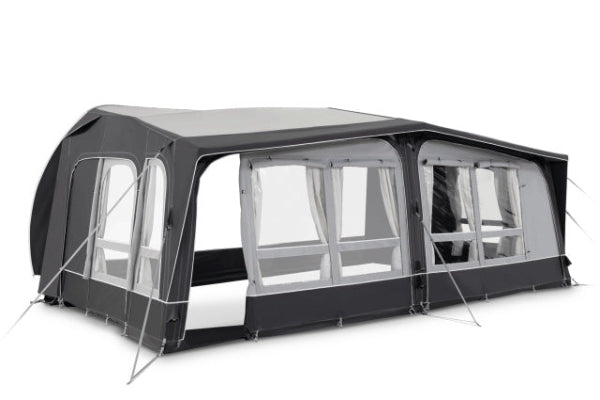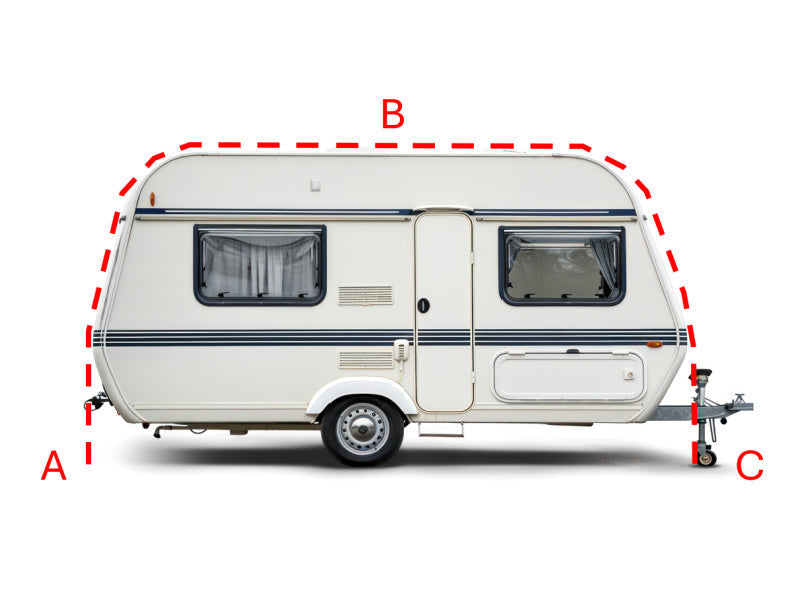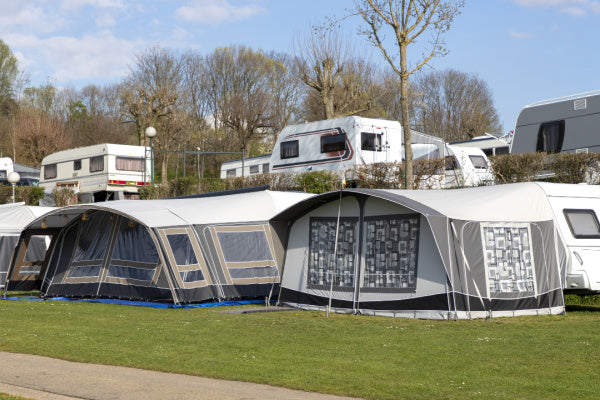Can I Use My Portable Power Station While Charging?
Ever tried to charge your power station while powering your blender at a campsite smoothie contest? Short answer: sometimes, yes—but it depends on your model. Portable Power Stations can multitask, but not all play nice. Read on to avoid frying your tech (or your lunch).
Understanding Pass-Through Charging and Its Implications
What is Pass-Through Charging in Portable Power Stations?
Defining the Feature: Simultaneous Charging and Discharging
Pass-through charging allows a portable power station to charge while also powering other devices. This feature, known as simultaneous charging and discharging, is convenient but not universal.

How it Works: The Technology Behind Continuous Power
Portable power stations typically include a battery management system (BMS) and an inverter. The BMS ensures safe energy flow. The inverter converts DC power into AC, enabling dual operation for your connected devices.
Is This Feature Standard on All Models? (Checking Your Manual)
Not every model supports pass-through charging. For example, the Goal Zero Yeti and Jackery Explorer series allow it. Meanwhile, models like the Anker Powerhouse 200 do not. Always consult the manual to confirm.
Benefits of Using Your Power Station While It Charges
Uninterrupted Power for Your Devices (Convenience Factor)
Using a power station while it charges means you don’t need to pause to refuel. It keeps your essential devices running without breaks.
Ideal for Camping, RVs, Remote Work, and Power Outages
Pass-through charging proves especially useful in off-grid situations. It ensures consistent power for camping, travelling in RVs, remote work, or emergency scenarios.

Potential as a Basic UPS (Uninterruptible Power Supply) for Some Devices
Certain models can act as basic UPS systems. While not equivalent to professional setups, they do provide backup for less sensitive electronics during outages.
Potential Downsides and Considerations
Impact on Charging Speed (May Charge Slower)
When charging and powering devices at the same time, energy is split. This can lead to slower battery charging and less efficient performance overall.
Heat Generation: Is it a Concern?
Yes, heat build-up is a valid concern. Dual operation can increase internal temperatures. Without proper ventilation, the unit may become less efficient or potentially unsafe.
Potential Effects on Long-Term Battery Health and Lifespan
Frequent use of pass-through charging can wear out the battery faster. Lithium-ion models, in particular, are more susceptible to degradation under sustained heat and load.
Ensuring Your Power Station Can Handle the Load (Input vs. Output Power)
Always check the station's maximum input and output specs. Running multiple high-wattage devices might strain the system. This could lead to overheating or reduced performance.
Best Practices and Safety When Using and Charging Simultaneously
How to Safely Use Your Portable Power Station While Charging
Checking Manufacturer Recommendations and Limitations
Manufacturer guidance is crucial. Not all brands recommend dual use, so follow their stated guidelines for safe operation.
Monitoring for Overheating and Ensuring Proper Ventilation
Place your power station in a cool, well-ventilated area. Built-in fans or cooling systems should be functioning properly. Stop operation if temperatures rise too high.
Avoiding Overloading the Power Station
Add up the wattage of all connected devices. Ensure you don’t exceed the power station’s maximum load capacity. Exceeding limits can damage internal components.

Using Recommended Chargers and Cables
Stick with manufacturer-approved charging accessories. Generic or third-party cables may cause slower charging or even damage your device.
Optimising for Battery Health with Pass-Through Charging
Understanding Different Types of Pass-Through (e.g., direct vs. charge-discharge)
Some power stations send electricity directly from the input to the output. Others power devices through the battery even while charging. The former is generally better for battery preservation.
When It's Okay and When It Might Be Better to Charge Separately
Avoid pass-through charging during very high usage or in hot environments. If unsure, charge the station first, then connect devices.
Does it Wear Out the Battery Faster? Debunking Myths vs. Realities
Occasional use is fine, but heavy or continuous use may shorten battery life. Keeping usage balanced will help maintain performance.
Using Your Portable Power Station as a UPS: What You Need to Know
Differences Between True UPS and Power Station Pass-Through
A true UPS offers zero switchover time. Most portable power stations don’t. That split-second delay can reset sensitive electronics.
Switchover Time: Will It Protect Sensitive Electronics?
Probably not. Devices like routers or PCs may shut down if there's a brief interruption. Test with non-critical equipment first.
Suitable Devices for Power Station UPS Functionality
Lighting, fans, and phone chargers typically work fine. For more sensitive equipment, opt for a dedicated UPS.
Other content you might like:
- What Appliances Can You Use on a 1000W Inverter?
- What Is the Difference Between an Inverter and a Power Station?
- Can You Charge a Portable Power Station With a Solar Panel?
- Is 200W Solar Enough for Camping?
- Can I Plug My Motorhome Into a Portable Power Station?
- How to Operate a Portable Power Station?
- How to Know if a Portable Power Station Is Fully Charged?
- How Long Does a Portable Power Station Hold Its Charge?
- Can You Overcharge a Portable?





Leave a comment